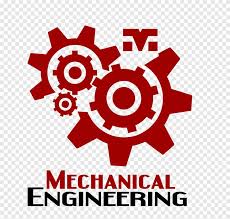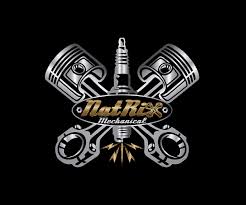
Automotive engineering is a specialized branch of engineering that focuses on the design, development, manufacture, and operation of vehicles such as cars, motorcycles, buses, and trucks, as well as their various engineering systems.
It's a multidisciplinary field that integrates principles from:
-
Mechanical engineering: For vehicle dynamics, engines, transmissions, and structural design.
-
Electrical and electronic engineering: For onboard systems, infotainment, control units, and electric/hybrid powertrains.
-
Software engineering: For complex control systems, autonomous driving, and vehicle connectivity.
-
Safety engineering: For crashworthiness, occupant protection, and driver assistance systems.
-
Materials science: For selecting and developing appropriate materials for vehicle components.
Automotive engineers work on a wide range of tasks, from conceptual design and prototyping to testing, manufacturing processes, and ensuring regulatory compliance (e.g., emissions, safety standards). They are constantly striving to improve vehicle performance, fuel efficiency, safety, sustainability, and the overall user experience, often working with cutting-edge technologies like electric vehicles, autonomous driving, and advanced connectivity.
- Teacher: John Khayo

